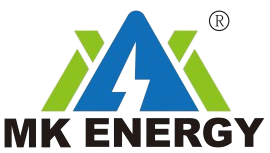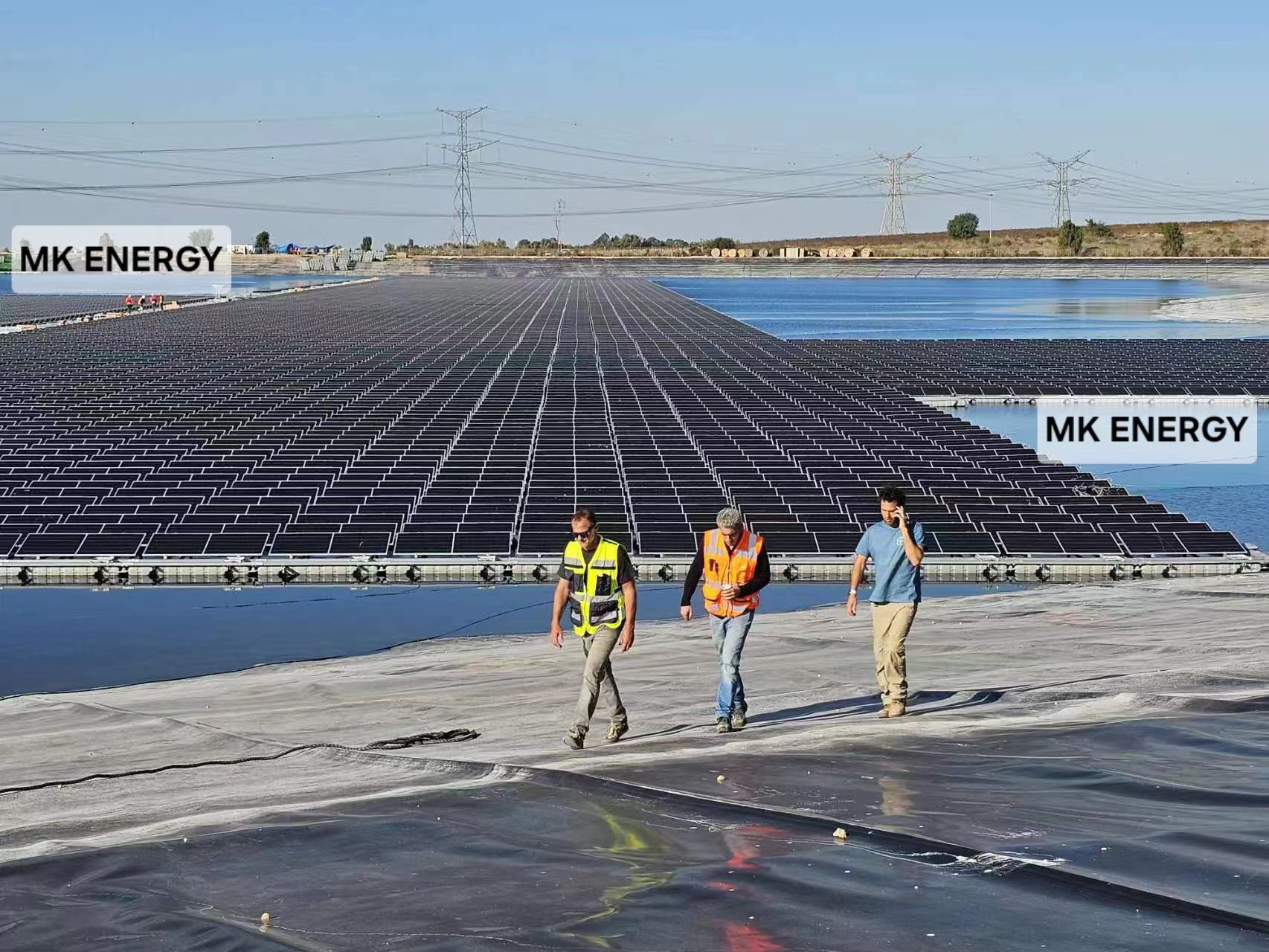Oceans have huge potential in energy and resources, and the energy storage technology is one of the keys of new energy revolution. It is thus imperative to promote the development of offshore energy storage technology.
Offshore wind power + energy storage
Due to the uncertainty of wind power, large-scale land wind farms use energy storage technology to achieve grid connection and power transmission. Compared with land, there are better wind resources at sea, so wind farms are naturally built on the ocean and become “offshore wind farms”. There are also uncertainties in offshore wind power, and energy storage technology is also needed to achieve grid connection.
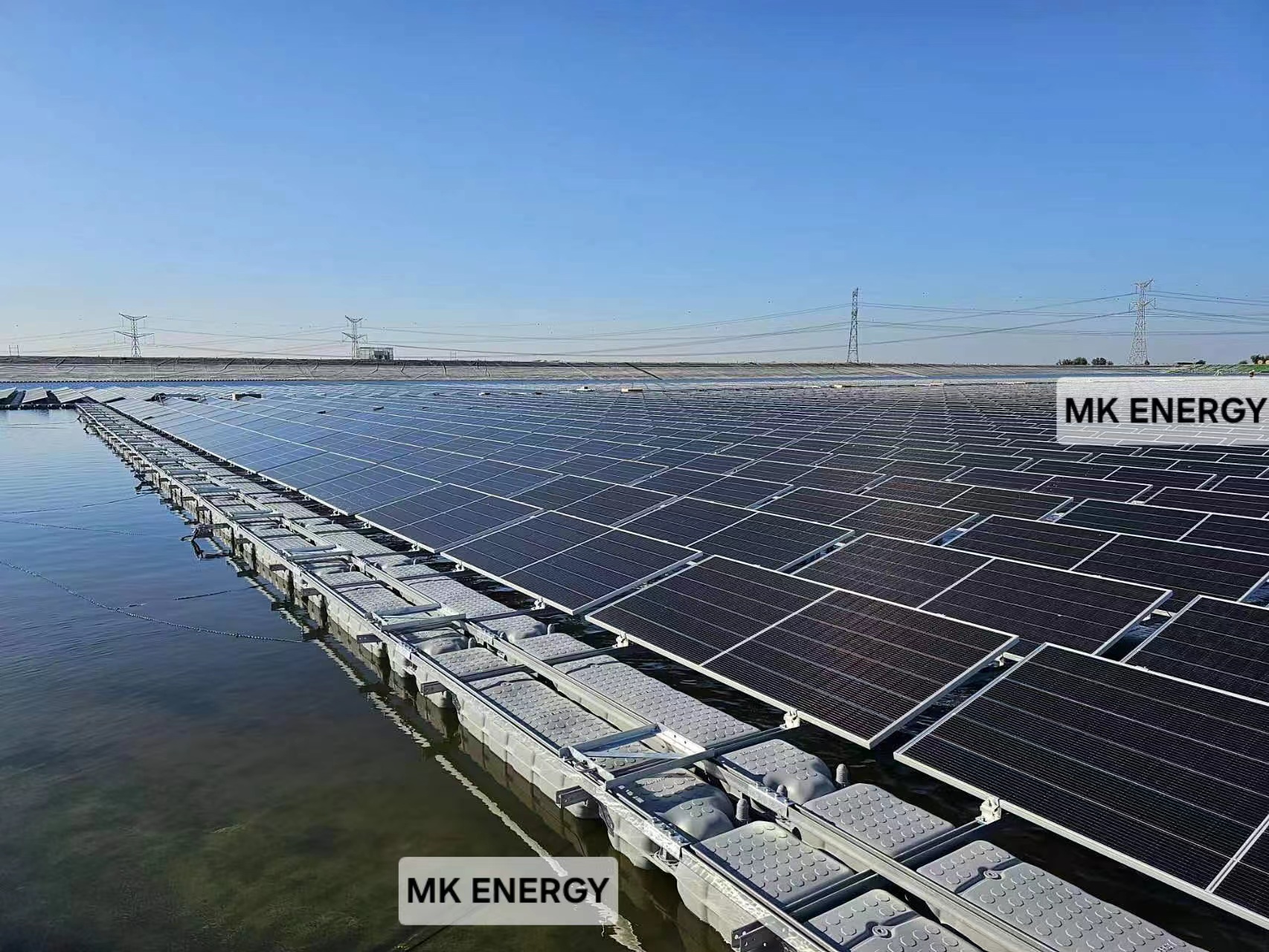
For wind farms closer to the shore, corresponding onshore energy storage substations can be established. However, in order to pursue better quality wind power and larger installed capacity, wind farms need to be built in farther sea areas, or even to distant seas and distant shores. At this time, it is more economical to “go to sea” and build energy storage equipment on the sea together with wind farms. As a result, energy storage “technology transfers” to the sea and becomes offshore energy storage, which is part of new marine energy.
Some such projects are already running or under construction:
1)In March 2017, the Swedish electric power company Vattenfall used the battery system of 1,000 BMW (BMW i3) electric vehicles to establish an offshore wind farm supporting energy storage project on Princess Alexia Island in the Netherlands. The wind power scale is 122 MW. The energy scale is 3.2 MW∙ h.
2)In August 2017, the American Deepwater Wind Power Company announced an offshore wind farm and energy storage plan called “Wind Power Revolution.” The plan has a wind power scale of 144 MW and an energy storage scale of 40 MW. Tesla will provide all the required energy storage battery systems. Once approved, the plan will start in 2022 and is expected to be put into operation in 2023. It will be the world’s largest combined offshore wind and energy storage project.
3)In March 2018, the Bay State Wind project in the United States and NEC Energy Solution announced a joint development of an offshore wind power and energy storage project in Massachusetts, with a wind power scale of 800 MW and an energy storage scale of 55 MW/110 MW∙ h. The project plans to achieve power generation after 2020, when it will be the world’s first “offshore wind power + energy storage” commercial operation project.
4)In August 2018, the energy storage project Batwind, a collaboration between the Norwegian oil company Equinor and the Abu Dhabi renewable energy company Masdar, was completed and put into operation on the coast of Scotland, providing onshore energy storage services for the world’s first offshore floating wind farm Hywind. The Hywind wind farm is 25 km offshore and has a wind power scale of 30 MW. It is connected to the above-mentioned onshore energy storage substation through a 33 kV cable. The energy storage substation uses a 1 MW lithium-ion battery system to connect to the grid.
Lithium-ion batteries power small ships and deep submersibles
Lithium-ion batteries are rechargeable batteries with high energy density and long charge-discharge cycle life. New energy vehicles use energy storage devices such as lithium-ion batteries to store new energy power to drive the vehicle. This can not only reduce or even replace fossil energy, but also protect the human living environment. Lithium-ion batteries could also theoretically be used to power ships.
Small ships, such as short-distance ferries, cruise ships, sightseeing boats, etc., do not have high requirements for driving power. In order to protect the offshore and inland water environment, they can be driven by lithium-ion batteries.
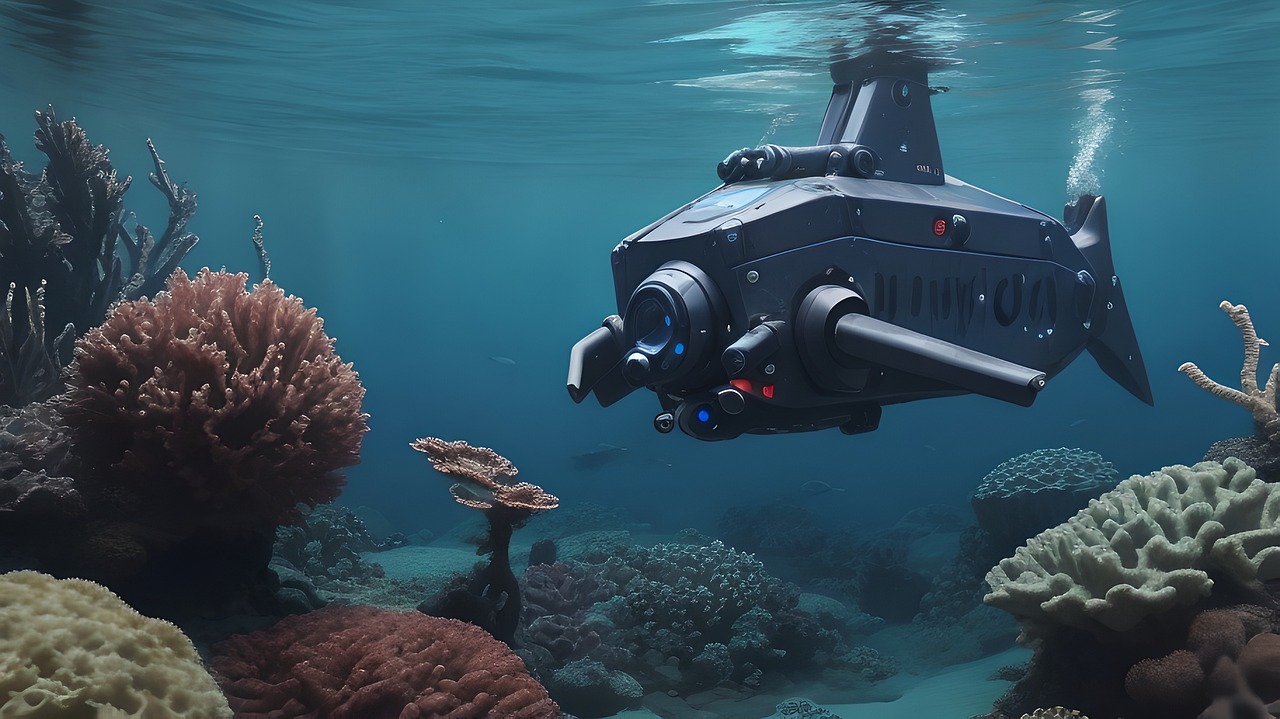
On the other hand, lithium-ion batteries can replace traditional lead-acid batteries in deep ocean diving equipment, such as various submarines, submersibles, and even torpedoes and other weapon systems. The energy density of lithium-ion batteries is 3 to 4 times that of lead-acid batteries, and they have a long service life, which is the most important requirement for deep diving equipment.
There are varying degrees of development in this area around the world:
1)In 2015, Germany’s Siemens, together with Norway’s Fjellstrand shipyard and shipowner Norled, developed the world’s first electric ferry, Ampere. Due to the use of hydropower for charging, the Ampere ferry achieved zero carbon emissions.
2)In October 2018, Japan’s latest Soryu-class submarine, the Phoenix Dragon, was launched at Mitsubishi Heavy Industries’ Kobe Shipyard. The submarine is the world’s first combat-type submarine powered by lithium-ion batteries.
3)French SAFT company has designed and developed various types of lithium-ion battery modules from energy type to power type for small submarines such as unmanned submarines (UUV), frogman delivery submarines (SDV), rescue submarines (SRV), etc., which can Combined for different energy and power needs.
4)The 75 kW lithium-ion battery system developed by the American Yardeni Company for lightweight torpedoes has an operating voltage of 300 V, a power density of 650 W/kg, a service life of 8 to 10 years, and can be charged and discharged 200 times, through the torpedo shell The interface on the body can be charged and discharged directly.
ship power and multi-energy complementary use of energy storage
For large surface ships in the ocean, including various military ships, although it is unrealistic to completely use lithium-ion batteries as driving force, energy storage technologies such as lithium-ion batteries can still be used to improve the power supply quality of ship power stations and increase the degree of automation of ships.
In the early days, diesel power on ships only implemented general functions such as ship lighting. With the development of electric propulsion technology, ship equipment is being electrified, and ship power systems have also developed into integrated power systems, and even integrated all-electric propulsion systems, that is, power propulsion and Other electricity uses the same power system.
As the complexity of the system increases, the nonlinear characteristics of the power electronic devices themselves cause interference between the power conversion systems, causing instability, harmonics and other system problems, affecting the precise control and safety of the ship.
The ship power grid is equivalent to the land distribution network, and the land distribution network is studying how to improve the power quality and stability of the distribution network by adding energy storage systems. This technical concept has been “transferred” to the research of marine ship power systems before it is fully developed and matured, trying to solve the power quality problem of complex power systems.
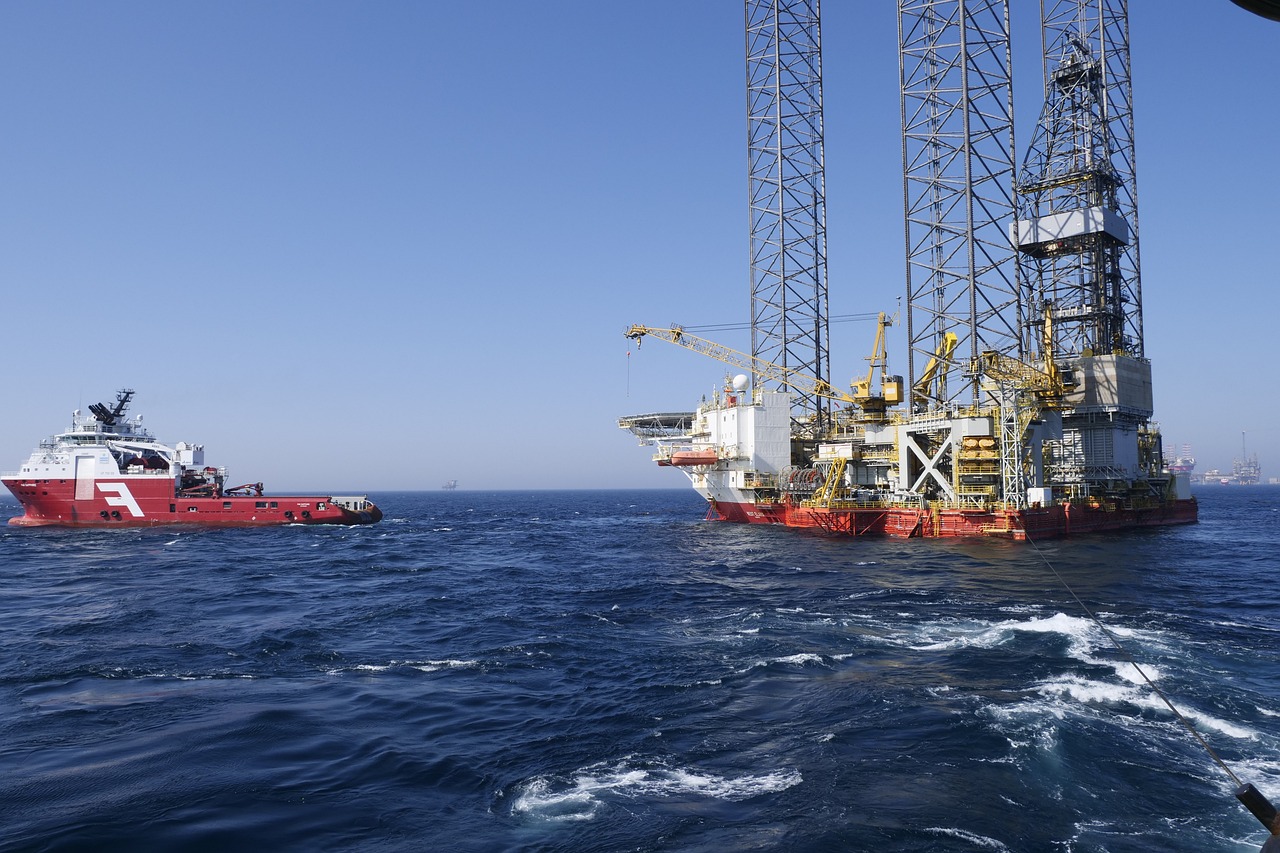
The above-mentioned large ships still use diesel power generation. In order to promote the application of green ship technology on actual ships, the multi-energy complementary application of integrating new energy sources such as solar energy, wind energy and fuel cells with traditional diesel power generation devices has become a new development trend.
Multi-energy complementary energy storage
Multi-energy complementarity originates from the concept of smart energy. The application of energy storage technology makes multi-energy complementarity and flexible power dispatch possible. In fact, it is not limited to ship power stations. This multi-energy complementary strategy based on energy storage technology is being tested for marine energy storage power stations.
The above are the three main application scenarios of energy storage in oceans and marine equipment. In addition, broader marine energy storage applications can also include the following two scenarios:
1)Just as lithium-ion batteries are replacing lead-acid batteries on land as new DC backup power supplies and base station power supplies, lithium-ion batteries are also replacing lead in the ocean. Acid batteries are used as DC power sources for marine low-power instruments and equipment, such as various ocean buoys, navigation marks, environmental and seismic monitoring submersibles, mine detection systems, etc.;
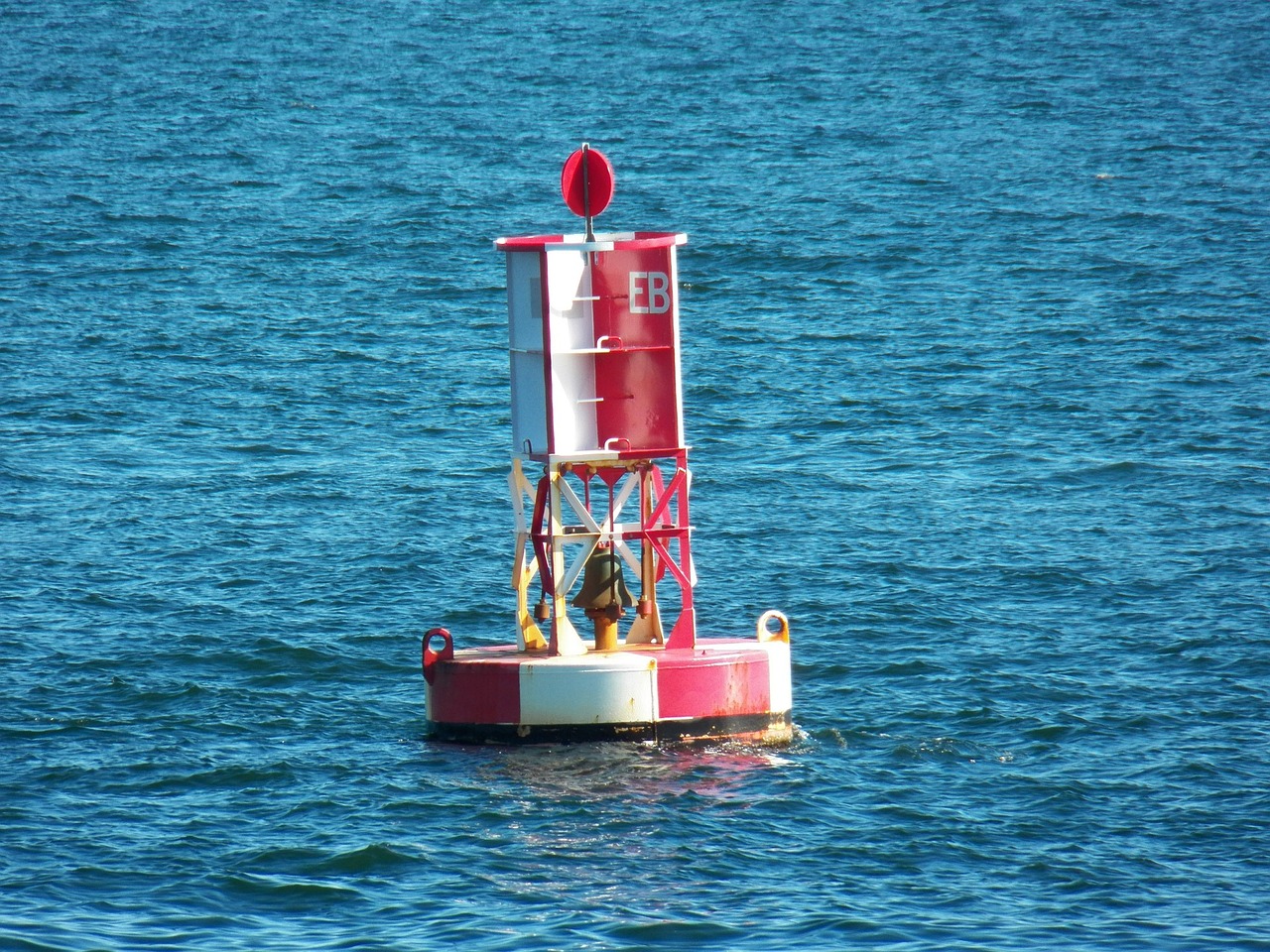
2)Seawater batteries that have been used in the ocean for a long time are also continuing to varying degrees. develop. Seawater batteries use seawater as electrolyte and work on the principle of primary batteries. They are mainly used in small diving devices and buoys.
Development prospects
In the long run, with the advancement of science and technology and the development of society, human activities on the ocean will become more frequent, and perhaps a wave of ocean development is coming. The ocean is vast and boundless. To develop the ocean, energy is needed first.
In view of the experience and lessons of terrestrial energy extraction, the energy required for large-scale development of the ocean should be obtained from the sea, and offshore clean renewable energy should be selected from the beginning. This determines the necessity of offshore energy storage, that is, human beings can carry out large-scale Ocean energy development must be accompanied by offshore energy storage.
Driving factors
In the near future, human beings’ awareness of environmental protection has increased, and the use of new energy sources to replace fossil fuels has basically become a global consensus. However, the continued development of the land economy continues to increase energy consumption.
From the perspective of application scenarios,”offshore wind power + energy storage” will develop into deep waters and offshore. Underwater equipment such as ocean bathyscaphes will be equipped with lithium-ion batteries, replacing traditional lead-acid batteries as power sources to achieve “air-independent propulsion systems.”
Ocean surface ships will gradually reduce the use of marine diesel and develop in the direction of multi-energy complementary and comprehensive all-electric propulsion using energy storage technology. Lithium iron phosphate batteries and solid-state lithium batteries may represent current and future battery technologies for offshore energy storage respectively, and their performance will be more suitable for the marine environment.

Combining the application of various technologies, it is conceivable that the future ocean may have: A large number of self-propelled and self-positioning wind and solar storage (wind power + photovoltaic + energy storage) charging islands floating to provide charging services for passing ships and submarines; Large-scale offshore platforms form the source of the integrated economy of hydrogen energy storage and ammonia energy storage; A large number of battery-driven micro-sensor buoys are distributed in the ocean, forming an ocean monitoring network, and these batteries are wirelessly charged by ocean energy storage hub stations.
Recap
The prototype of offshore energy storage has emerged, and its prospects are promising. Offshore energy storage technology promotes ocean development and will also develop rapidly with ocean development, ushering in a true ocean age for mankind.
To learn more about the lithium battery industry, stay tuned for more updates on the website or follow MK Energy’s social media accounts.
